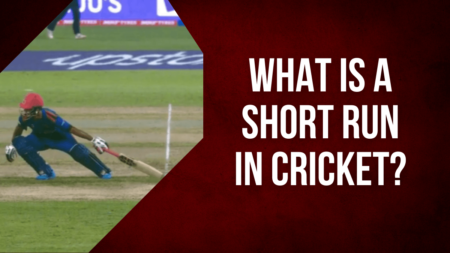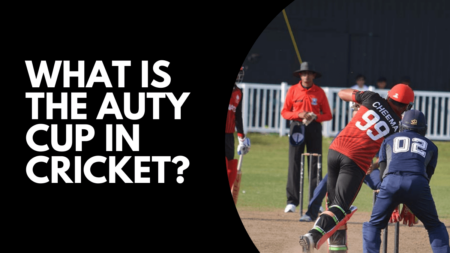Tennis players often put a small plastic-like accessory on their racquets at the bottom strings in the centre. These are called as vibration dampeners. When a player hits a shot, the tension in the strings after the ball contacts the racquet produces a vibration that travels all the way to the hand. Some players enjoy this feel while some others do not. The ones who want to suppress this vibration put a dampener on their racquet.
The moment the ball contacts the racquet helps a player know whether he or she has struck the sweet spot or not. It also produces a popping sound which gives an idea as to how clearly the ball has been struck. Often, this sound is picked up by the opponent who learns that the incoming ball has been struck with good precision and that he or she needs to be cautious in their return. If a vibration dampener is attached, the striker may not realize whether he or she has struck the sweet spot or not. Moreover, the dampening effect also minimizes the popping sound which does not allow the returner to know about the effectiveness of the shot.
Vibration dampeners can be of three types. They can either take the form of a rubber band that is tied in the desired area of the racquet or are available in ‘circular’ or ‘worm’ shapes. The rubber band is usually tied at the bottom of the two centre strings but give a minimal dampening effect. The disc or the circular dampener is used by many players. However, it is often noted that the disc pops out of the strings when a shot is hit harder than normal. The best dampener to consider is the worm. It covers more number of strings and barely dislodges from the strings.
Vibration dampeners can be available in other shapes too which the players oftrn customize. The material with which they are made is either PVC or silicone rubber. Thus, vibration dampeners help in giving a better feel of one’s racquet by modifying the tension on the strings.




